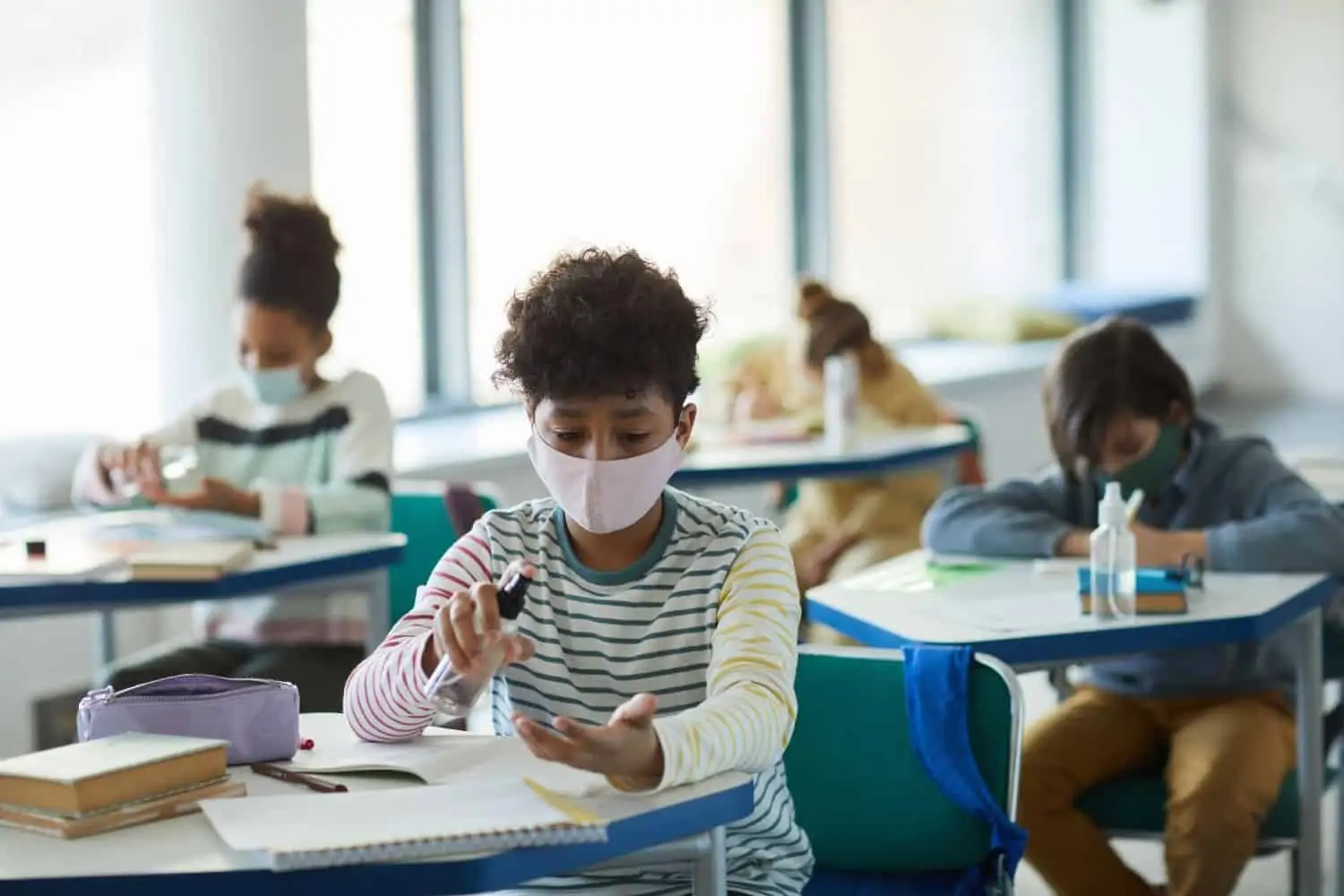The Covid-19 pandemic left many South Africans with added financial pressure. And one of the biggest societal problems that came to be was that a large number of parents are now unable to pay school fees in full.
School fees are not at the top of the list
According to the Tenant Profile Network (TPN) Credit Bureau statement, the lack of school fee payments over the last 18 months, has become a bigger and bigger issue.
And the reason is because of the country’s current unemployment rate and a shrinking economy, parents are now having to prioritise between other consumer credit payments such as mortgages or rent, credit facilities, secured credit and even unsecured credit.
“Payment of school fees is cyclical in nature, with the fourth quarter of every year typically representing the highest proportion of fees paid. This is likely due to the fact that some schools withhold report cards until fees have been fully paid up, or because parents receive bonuses and use this income to settle school fee arrears,” Michelle Dickens, the CEO of TPN Credit Bureau, said.
Not even 50% of parents could pay school fees in 2020
And according to Dickens, this “cycle” forced 66% of government schools and 65% of private schools to make budget cuts since the onset of the pandemic.
Only 23% of government schools and 26% of private schools were able to manage their budgets on the fees that were paid. And 11% of government schools and 9% of private schools had to make use of their reserves in order to cover expenses.
However, even before the pandemic, only 75% of parents had the capability to pay school fees. And sadly, in 2020 when the pandemic hit, only 45% of parents could pay school fees.
“Given that schools rely on this income to meet their operational costs, the knock-on effect of this non-payment is that schools are struggling to meet their financial commitments.”
Many schools had to make payroll cutbacks
Dickens further revealed that 34% of government schools and 62% of private schools saw payroll as a priority during the pandemic. Many schools – 40% of government schools and 15% of private schools – rather focused on CapEx projects.
Furthermore, repairs and maintenance were prioritised by 20% of government schools and 14% of private schools, while 3% of government schools and 9% of private schools prioritised retrenchment packages.
And finally, many schools had to cut back on permanent teachers. However, government schools made no cutbacks on permanent staff since they are paid by the national Department of Education. But, 38% of private schools had to cut back on permanent teachers.
And even though the teachers were spared at government schools, that wasn’t the case for administrative staff and groundsmen.
